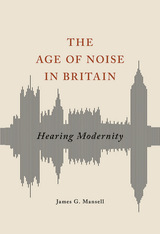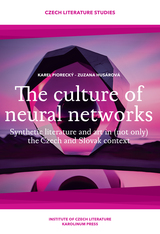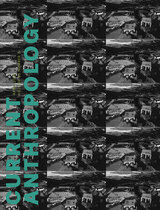4 books about Noise control

Active Sound and Vibration Control
Theory and applications
Osman Tokhi
The Institution of Engineering and Technology, 2002
This book presents the established fundamentals in the area of active sound and vibration control (ASVC) as well as exploring the new and emerging technologies and techniques. There has been a considerable amount of effort devoted to the development and realisation of methodologies for the control of sound and vibration, and this book covers the latest theoretical, algorithmic and practical applications including: noise control in 3D propagation, adaptive algorithms, prediction, processing and tuning, neuro-active control, control of microvibrations, and noise reduction in locomotives and vehicles. Topics discussed include multichannel active noise control, adaptive harmonic control, model-free iterative tuning, model-based control design for active vibration control (AVC), ASVC using neural networks, genetic algorithms for ASVC systems, and active noise control (ANC) around the human head. The authors also discuss active control of microvibrations, vibration control of manipulators, and techniques of real-time processing. This book will be essential reading for electrical, mechanical and control engineers, designers and researchers, interested in noise and vibration control.
[more]

The Age of Noise in Britain
Hearing Modernity
James G Mansell
University of Illinois Press, 2017
Sound transformed British life in the "age of noise" between 1914 and 1945. The sonic maelstrom of mechanized society bred anger and anxiety and even led observers to forecast the end of civilization. The noise was, as James G. Mansell shows, modernity itself, expressed in aural form, with immense implications for the construction of the self. Tracing the ideas, feelings, and representations prompted by life in early twentieth century Britain, Mansell examines how and why sound shaped the self. He works at the crux of cultural and intellectual history, analyzing the meanings that were attached to different types of sound, who created these typologies and why, and how these meanings connected to debates about modernity. From traffic noise to air raids, everyday sounds elicited new ways of thinking about being modern. Each individual negotiated his or her own subjective meanings through hopes or fears for sound. As Mansell considers the different ways Britons heard their world, he reveals why we must take sound into account in our studies of cultural and social history.
[more]

Hush
Media and Sonic Self-Control
Mack Hagood
Duke University Press, 2019
For almost sixty years, media technologies have promised users the ability to create sonic safe spaces for themselves—from bedside white noise machines to Beats by Dre's “Hear What You Want” ad campaign, in which Colin Kaepernick's headphones protect him from taunting crowds. In Hush, Mack Hagood draws evidence from noise-canceling headphones, tinnitus maskers, LPs that play ocean sounds, nature-sound mobile apps, and in-ear smart technologies to argue the true purpose of media is not information transmission, but rather the control of how we engage our environment. These devices, which Hagood calls orphic media, give users the freedom to remain unaffected in the changeable and distracting spaces of contemporary capitalism and reveal how racial, gendered, ableist, and class ideologies shape our desire to block unwanted sounds. In a noisy world of haters, trolls, and information overload, guarded listening can be a necessity for self-care, but Hagood argues our efforts to shield ourselves can also decrease our tolerance for sonic and social difference. Challenging our self-defeating attempts to be free of one another, he rethinks media theory, sound studies, and the very definition of media.
[more]

The Noise Silence Makes
Secularity and Ghana's Drum Wars
Mariam Goshadze
Duke University Press, 2025
For generations, the Ga community in Accra, Ghana, has enforced an annual citywide ban on noisemaking during an important religious festival. In the 1990s and 2000s, this “ban on drumming” became a point of conflict between the Ga people and the newly popular Pentecostal/Charismatic churches, which refused to subdue their loud worship during the ban. Although the Ghanaian state constitutionally and institutionally grants superior status to Christianity and Islam, it ruled in favor of the Ga community, which emphasized its “cultural” rather than religious rights. In The Noise Silence Makes, Mariam Goshadze traces the history of noise regulation in Accra, showing how the Ga people have adopted colonial mechanisms of noise control to counter Pentecostal/Charismatic dominance over Accra’s soundscape. Goshadze shows how the drumming ban represents a reversal of the top-down model of noise regulation and illuminates the reality of Ghanaian secularity, in which the state unofficially collaborates with indigenous religious authorities to control sound. In so doing, Goshadze counters the tendency to push African “traditional religions” to the margins, demonstrating that they are instrumental players in contemporary African urbanity.
[more]
READERS
Browse our collection.
PUBLISHERS
See BiblioVault's publisher services.
STUDENT SERVICES
Files for college accessibility offices.
UChicago Accessibility Resources
home | accessibility | search | about | contact us
BiblioVault ® 2001 - 2025
The University of Chicago Press









